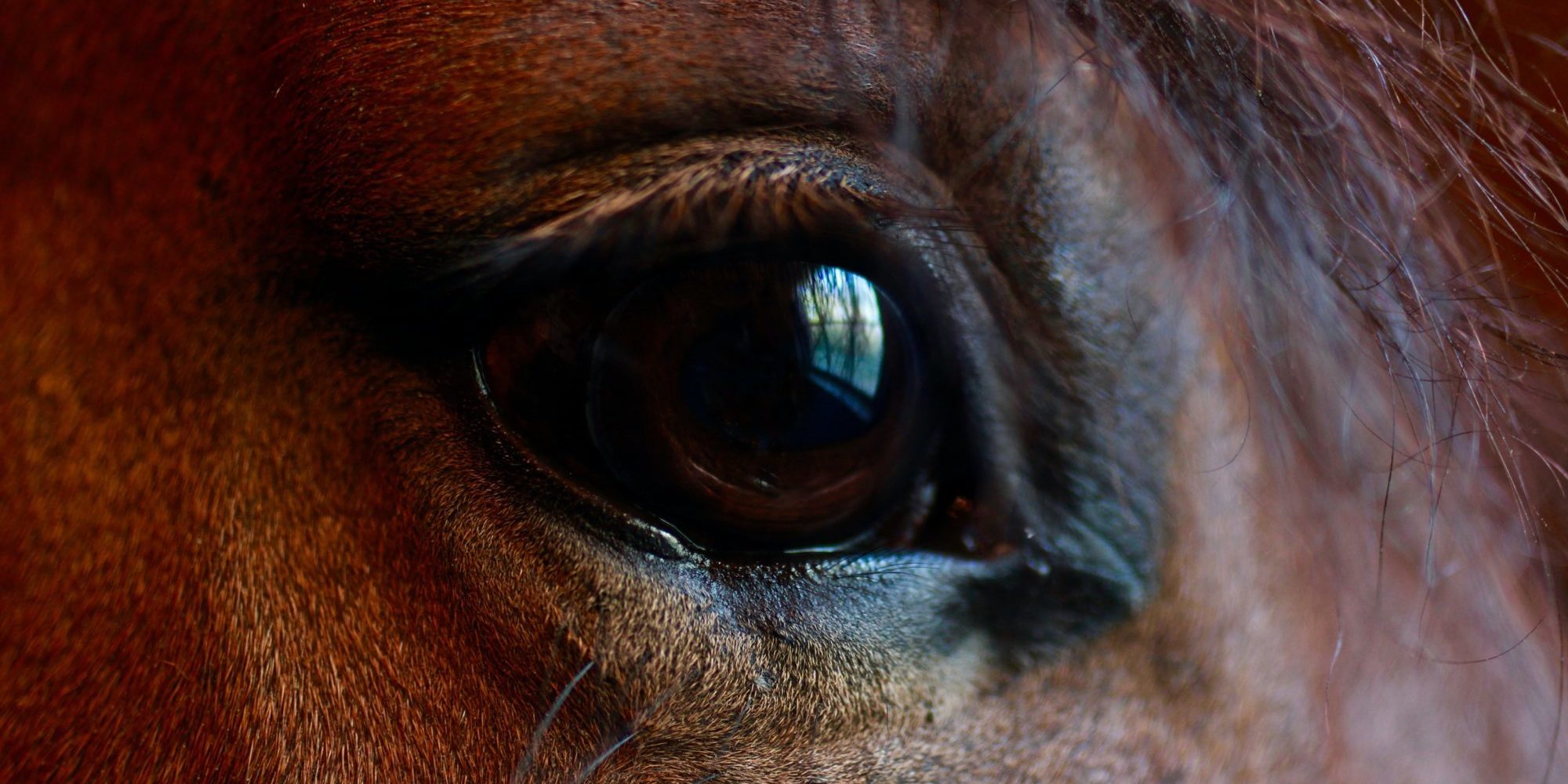Horses and ponies can get a variety of problems that affect their nasolacrimal duct system, which can result in some discomfort for them.
What is the nasolacrimal duct system?
The system copes with the normal cycle of tear application to the eyeball, plus any excess – it’s in essence a tube that runs from the inside corner of the eye to the floor of the nostril. We all know how when humans cry, you will often get overflow coming out of your nose – it’s just the same thing. When everything is running as it should, you would hardly know the system is there.
What can go wrong?
The duct can get blocked for a few reasons. Commonly, a mucoid plug can form anywhere in the duct, which means there is no overflow mechanism. The blockage can also be from trauma to the area, as a result of an infection, a foreign body within the system or a tumour. Some foals can also be born with very narrow ducts, or indeed, they may not be formed at all. There are a multitude of other problems that can cause excess tearing in horses, such as infection, uveitis, Herpes Virus or allergy – please call your vet if you are worried.
What clinical signs will I see?
The main sign that you will notice is an increase in tearing from the horse’s eye. This may be from one side, or both, depending on if both eyes are affected. You may also notice that your horse is more prone to getting recurrent eye infections. The problem is easy for your vet to diagnose – application of a fluorescein dye to the eye should result in dye also coming out of the duct in the horse’s nose and so it’s absence is diagnostic.
What treatment is there?
The usual first step is to flush the duct. Your vet will likely sedate your horse, then pass a thin flexible tube partway up the duct from the nostril end. A saline solution is then flushed through and may be followed with steroids or antibiotics if the case warrants them. It’s important to not flush under too much pressure, as the duct can be damaged in the process. Sometimes other additives can be added to the flush if there is a plug that needs to be broken down over time. Often, a short course of topical eye drops may be needed afterward to settle down any inflammation or infection.
If the simple flushing does not work, the next step is to work out where the blockage is and what is causing it. It may be obvious, like a tumour in the middle corner of the eye, or that there is in fact no hole at the nostril end. Otherwise, we can pass a solution with radiopaque dye in it and take xrays to help us locate the problem. There are surgical options available for many of these more complicated cases.
What is the prognosis?
Generally very good, with a straightforward blockage. Flushing is well tolerated and although a little fiddly, fairly simple to do. There is a chance that the duct can reblock, especially if any associated conjunctivitis or infection is not treated effectively. Horses with narrow ducts (commonly seen in miniature horses, for instance) are more prone to reblocking. The prognosis for more complicated cases would change case by case.
Please call your vet if you are at all worried about your horse’s eye health.
Louisa Wairarapa




